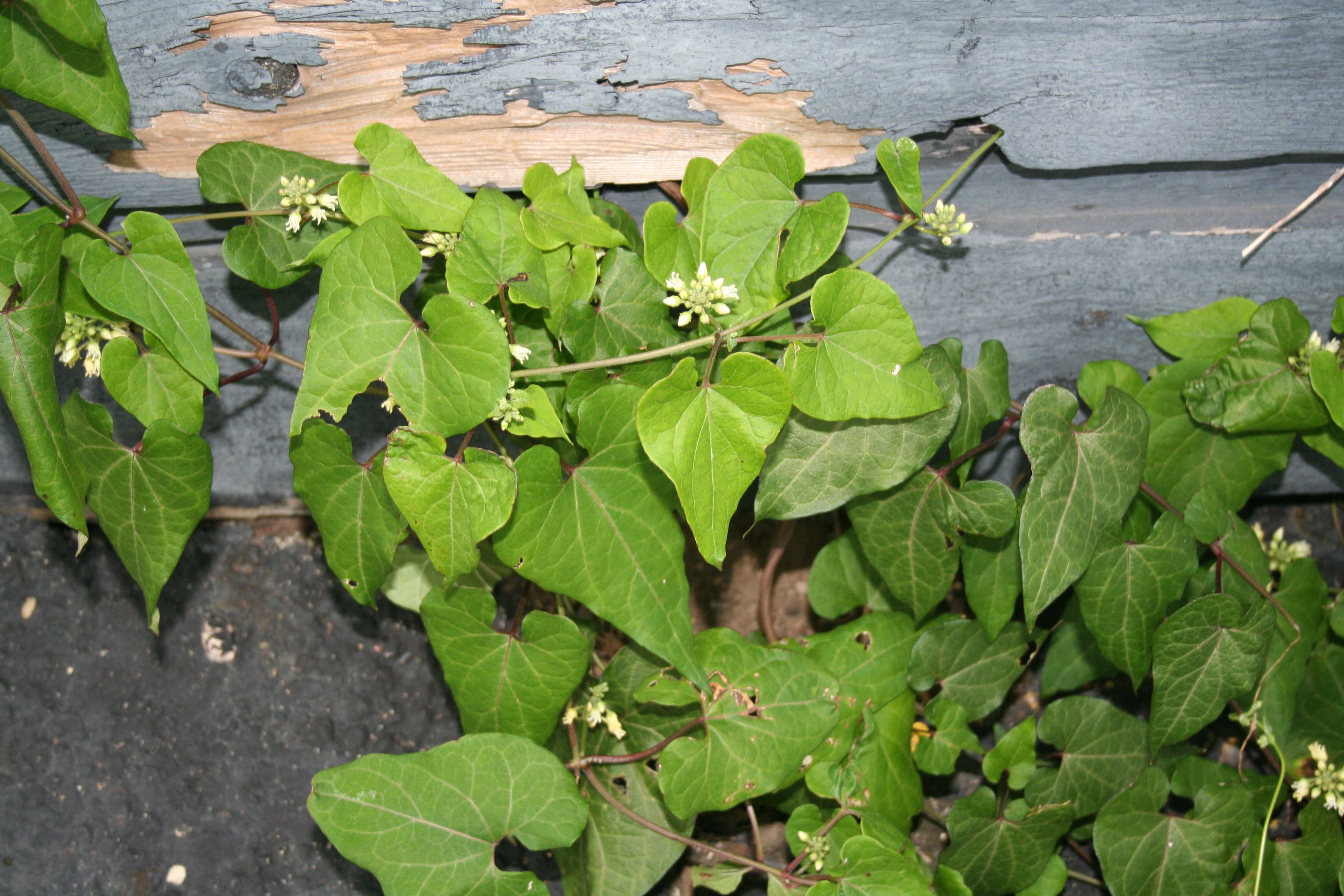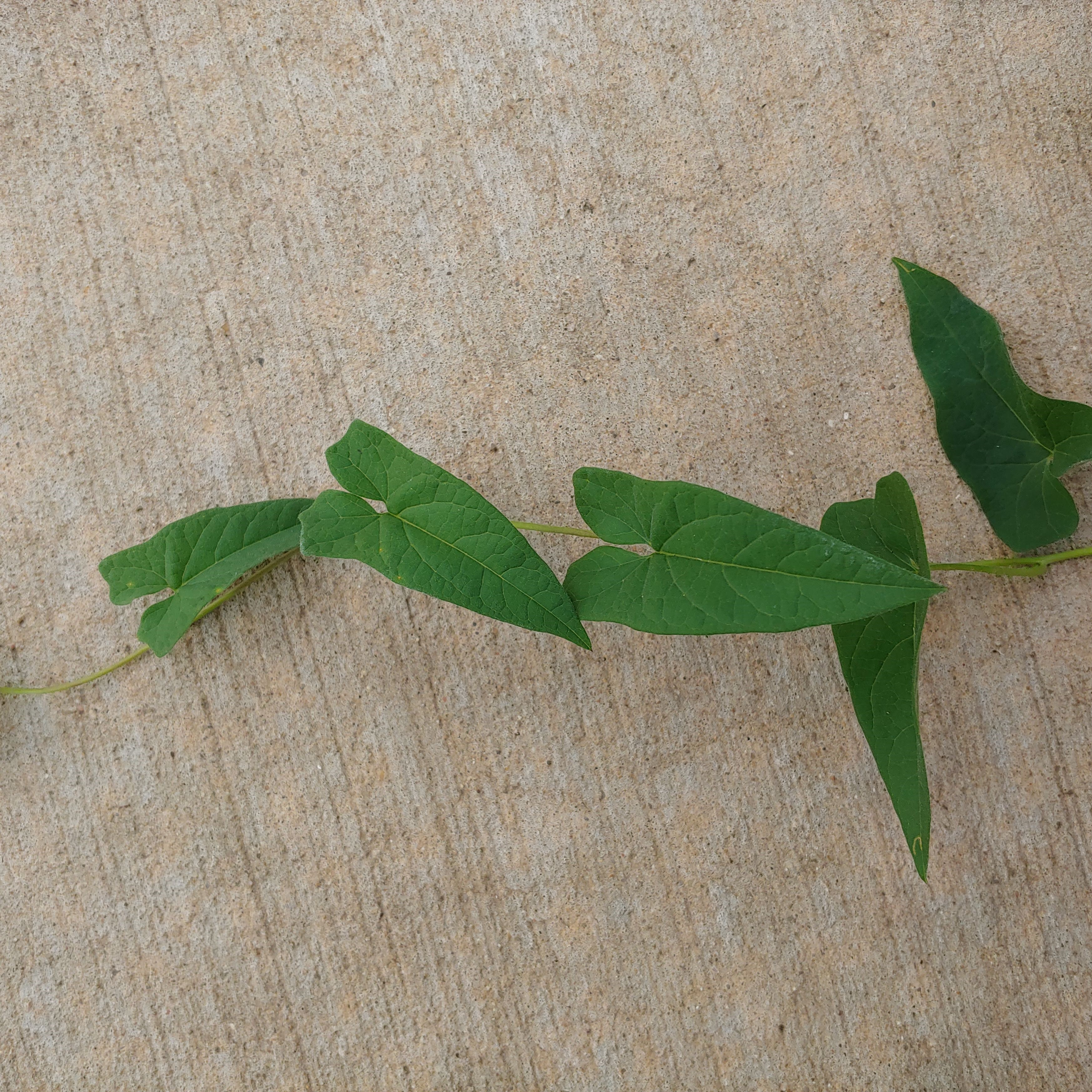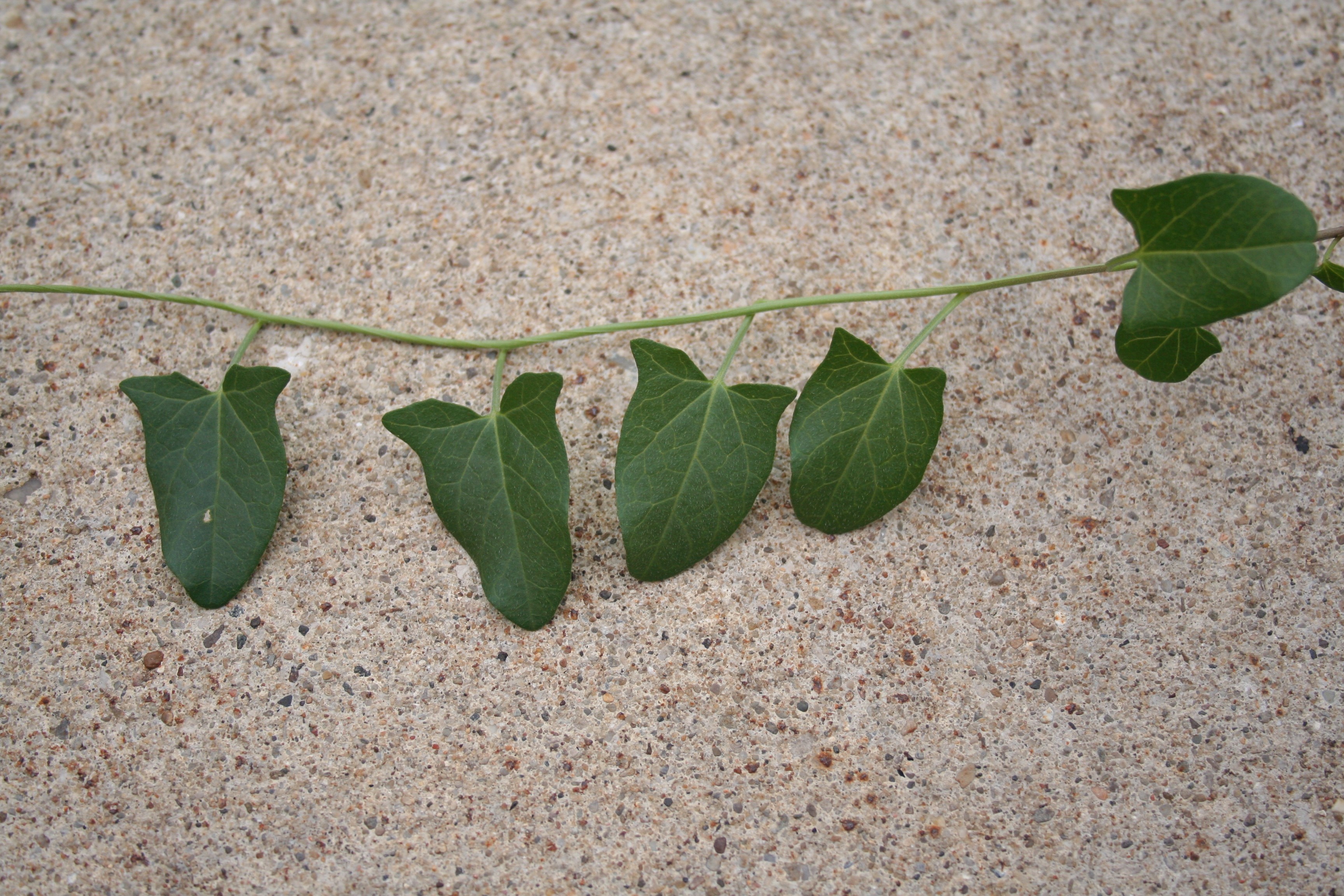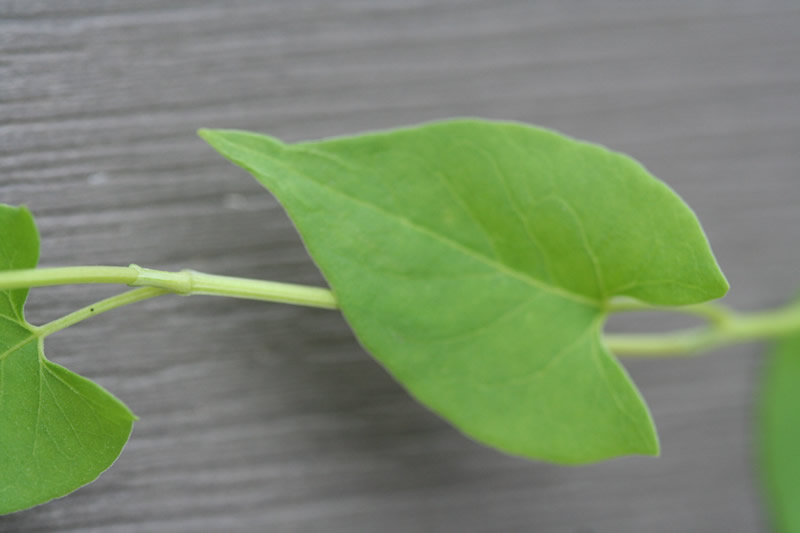Issue 7, July 16, 2021
Weedy Vines Commonly Found (and Confused) in the Landscape
Vining plants are often desirable in the home landscape. They cleverly disguise carefully placed trellises and their form seems to take on a life of its own. Some vines have been known to cover trees, poles, cars, and even slow moving animals I suspect. Quite a few vines are considered weedy by most. Many times, these weeds are successfully controlled and the story ends there. Too often however, an unidentified, cute, little vine is allowed to flower and develop seeds or rhizomes. Fast forward a few years, and its population can be out of control. Perhaps morningglory was intentionally seeded into a site from a pretty, little seed packet. You’ll get your money’s worth when this annual produces a bounty of seeds for future years! But here again, if (when) these cute plants tend to wear out their welcome, then efforts will be underway to eradicate them.
Proper identification is critical to good weed control as is scouting often for emerging weed issues. Need some help identifying those mystery vines? Here is a brief description of some of the more common weedy vines found in lawns and gardens. Unfortunately, these similar plants are often misidentified resulting in inadequate control. As with all broadleaf weeds, leaf arrangement, flower type and the presence of underground structures such as rhizomes or tubers all play a key role in identification.
Honeyvine milkweed (Ampelamus albidus or Cynanchum laeve) is a perennial vine that spreads by seed and long spreading roots. The leaves are heart-shaped on long petioles and opposite on the stem. Flowers are small, whitish, and borne in clusters. It forms a smooth, green seed pod that is similar to that of common milkweed. Up to 50 pods can be produced from one plant. Pods persist into winter and can then be spotted easily in the landscape when evergreens are the backdrop. The presence of the pod is a dead giveaway for identifying this weed. This non-Asclepias species is in the milkweed family and is suitable for monarchs. Plants are reported to contain a possible neurotoxin. Other names for this plant include Bluevine and Sandvine.

Honeyvine milkweed, Michelle Wiesbrook, University of Illinois
Hedge bindweed (Calystegia sepium) is a perennial vine that spreads by rhizomes. The leaves are alternate on the stem and are distinctly triangular in shape with a pointy tip. The leaf base is cut squarely. The flowers are white to pink, and funnel-shaped like that of morningglory, another vine I will discuss in a bit. Bindweed is often mistaken for morningglory which is an annual weed. Initially, it may not be perceived as much of a problem, although, the rhizomes can help this vine to spread quickly.

Hedge bindweed, Michelle Wiesbrook, University of Illinois
Field bindweed (Convolvulus arvensis) is similar to hedge bindweed except the leaves are arrowhead shaped with a rounded tip. Also, the leaves are smaller and the leaf bases are rounded with outwardly divergent lobes. I try to keep the two straight by thinking “hedges have edges”. Field bindweed is a rhizomatous perennial as well. Bindweeds are difficult to manage.

Field bindweed, Michelle Wiesbrook, University of Illinois
Wild buckwheat (Polygonum convolvulus) is similar also, but the lobes at the base of the leaf point backwards toward the petiole and it has an ochrea which is the easiest way to differentiate between these species. An ochrea is a papery sheath that encircles the stem where the petiole attaches to the stem. It is indicative of the smartweed family for which it is a member. Also, the flowers are greenish white and inconspicuous. They are clustered on long white racemes. Leaves are alternately arranged. Wild buckwheat is an annual so there are no rhizomes like the bindweeds have. Don’t let this fool you; it is still considered a “serious weed” according to the book Weeds of the North Central States.

Wild buckwheat, Michelle Wiesbrook, University of Illinois
Morningglories (Ipomoea spp.) are often confused with bindweed and wild buckwheat too except the leaf shape is quite different. Depending on the species, leaves are either heart shaped or 3-lobed (ivy like). The cotyledons are butterfly-shaped. Most of the morningglories found in Illinois are summer annuals so reproduction is by seed. Bigroot morningglory or wild sweet potato as it’s also called (I. pandurata) is a perennial found across the state. Both bigroot and tall morningglory have heart shaped leaves like honeyvine milkweed, however, the leaves are alternate on the stem. Bigroot morningglory can be distinguished by its reddish purple centered white flowers and large underground tubers.

Ivyleaf morningglory, Michelle Wiesbrook, University of Illinois
Controls for vines include repeated pulling or cutting back, mowing, mulching, and herbicides. In a turf situation, grass should be properly maintained and mowed as high as possible. These vines have a difficult time growing in thick, lush turfgrass. Postemergent herbicides that provide at least some control of these vines include but are not limited to the following: 2,4-D, carfentrazone, quinclorac, dicamba, oxyfluorfen, and triclopyr. Glyphosate may also be used for spot applications as it is a non-selective herbicide. If vines are growing within other plants, extra caution should be taken. Protect plants by covering them with plastic. Glyphosate or triclopyr may be carefully painted or dabbed onto the leaves so that the application is precise. Be sure to carefully read and follow all label directions. Repeated applications may be necessary. Summer annual weeds are most susceptible to treatment in the spring or early summer when they are young. For perennials such as the bindweeds, fall applications may be most effective.
Beauty is in the eye of the beholder, you know. As I snapped a picture of field bindweed in flower, an innocent bystander said that she thought the flowers were so pretty. She’s right. They are pretty – up close. But when I see this vine cover a shrub, I can’t think of it being anything other than a weed.
Author:
Michelle Wiesbrook